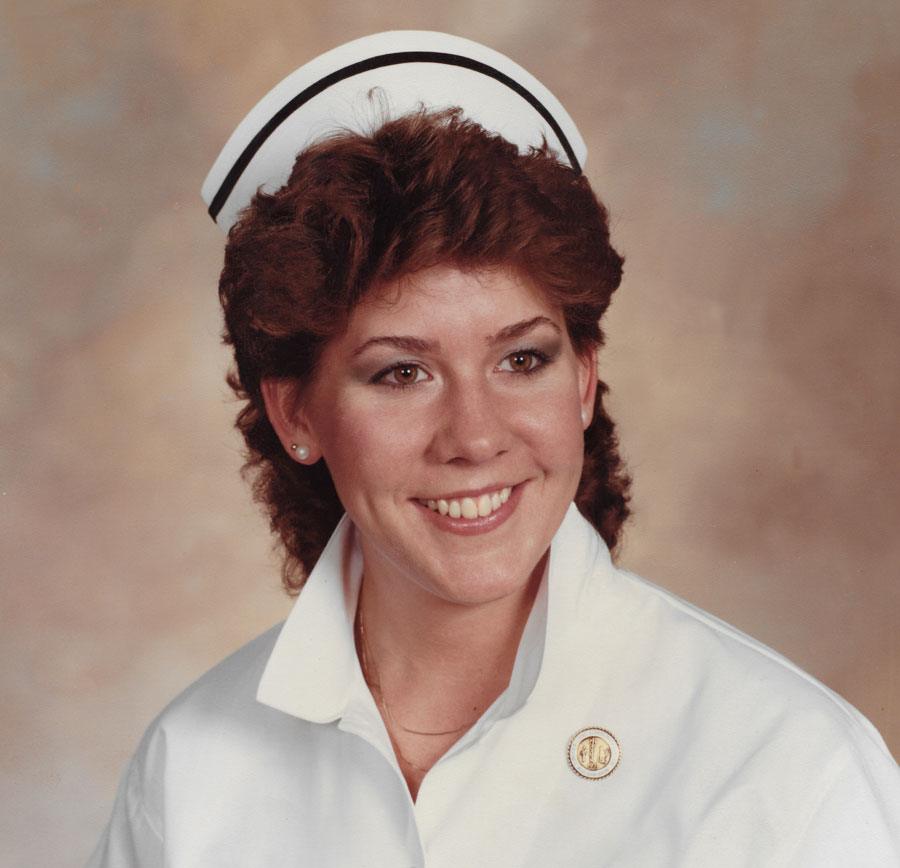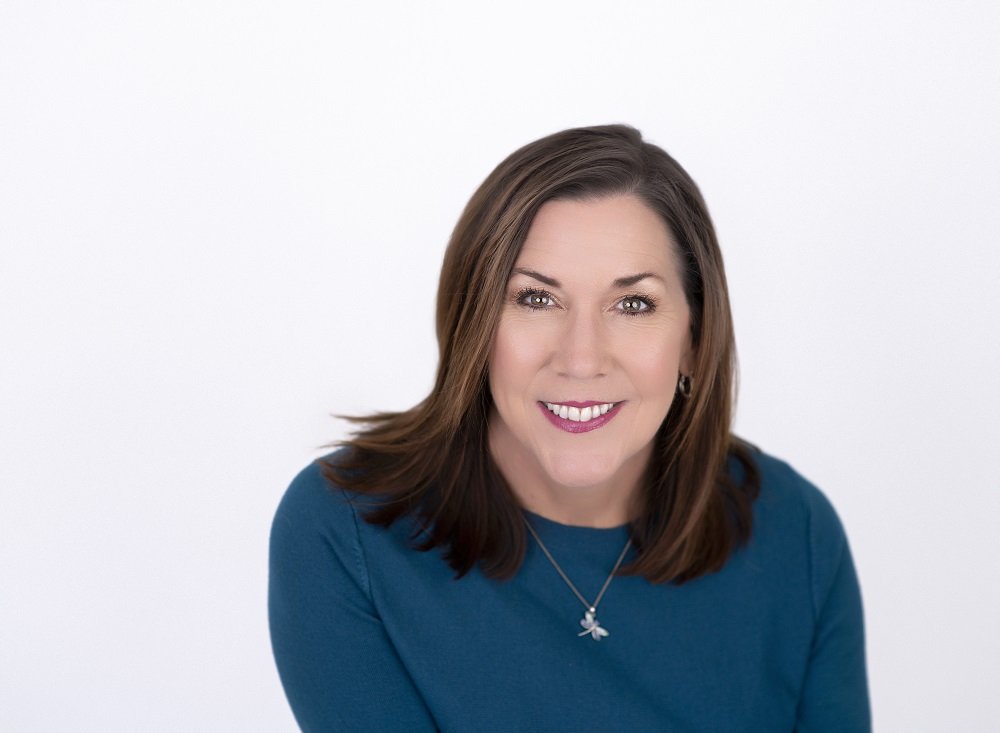“IT TOOK ME YEARS TO DISCOVER THE SECRET TO A BETTER DIABETES LIFE”
Patricia Daiker
Registered Nurse & Diabetes Coach
Author of the “Better Diabetes Life” Program
Unpredictable. Frustrating. Depressing.
That’s the nature of our disease. And as a diabetic, I don’t have to tell you that managing diabetes is no walk in the park. You can end this emotional roller coaster with a breakthrough solution that goes beyond traditional diabetes management – one that marries body, mind and spirit A Better Diabetes Life. And I want to share this with you.
MY DIABETES STORY

I’m Patricia Daiker
Being a nurse for 6 years, I had treated hundreds of patients with diabetes; patients in medical/surgical units, ICU patients in the throws of DKA, countless in the ER who were new onset, many in the midst of a hypoglycemic episode that caused injuries or just those suffering from complications. Diabetes was a familiar foe. I knew it well.
Never in a million years did I think it was happening to me! Yet, this is my diabetes story.
The extreme fatigue finally made me reach out to my PCP who happened to be in the ER seeing a patient in the wee hours of the morning. I explained away my exhaustion, hoping it really was just my lifestyle. I was working too much, not sleeping enough, dating a new boyfriend, just bought a house, among other stressors. He suggested I get some rest, eat some “real food’ (I thought hospital cafeteria was real food??!!) and stop by for some lab work in the coming days.
When I saw him in the office, my fasting glucose was 140. My clinical brain new that was not okay but my ego wouldn’t believe it. “It’s a fluke, of course” it countered.
He recommended I do a fingerstick or two, while at work to “see where things are”. “Things” were well over 300 after I ate, so I did what any prudent medical professional would do, I exercised and starved myself to make the numbers on my meter tell the story I wanted to hear. That strategy didn’t last long and an eventual trip to an endocrinologist confirmed I had antibodies and would eventually be insulin-dependent.
I worked side by side with a dear friend who was Type I. She shared her story and tried to help me along, but I wasn’t having any of it! I was just fine with my little pills and I would NOT be crossing the line to needles. No way. No how. I was a nurse! An ER nurse at that! We are the ones who take care of poor diabetics. We are on the other side of the triage desk. We are there to provide empathy to those poor souls who have this affliction. I am not, cannot be, one of “them”. They call this stage denial – I did it perfectly! I didn’t want anyone to worry about me. I wanted to be “normal”.
Needles and injections were fairly easy to adapt to – I just had to get used to being the patient. But I had the skills and I was confident I could do it. Hypoglycemia, (low blood sugar) however was an aspect of the disease I wasn’t prepared for. But it happens. Sometimes your food intake, activity, and medication don’t match up and your blood sugar plummets. This has to be one of the WORST feelings in the world. I still can’t stand it and it scares me.
The first time it hit, I was home alone and became dizzy and diaphoretic (sweaty) like no patient I had seen before. Fluids were literally pouring out of my skin and puddling on the floor as my body attempted to correct my blood sugar levels by concentrating my blood. I had a hunger like I had never known. I only knew I had to eat. And eat I did – much more than the 15 grams of carbohydrates that is recommended but there was no way you could have stopped me. A cup of orange juice, are you kidding? I am dying here! I need food! And lots of it! In a few minutes, the fog cleared and my blood sugar came back up (most likely a little too much).
So I swung the pendulum in the other direction. I stayed in, weighed, and measured everything I ate, exercised diligently, changed my work schedule, and just “did” diabetes, textbook style. To my disappointment, I still had numbers that weren’t perfect. Every finger stick became a judgment of my character and my worth. “Bad” blood sugars equaled “bad” Patricia. No matter what I did, it was never enough. My type A personality and perfectionist tendencies did not serve me well. I was really hard on myself as I “failed” daily to control this thing that had killed off my pancreas. I wanted off this crazy ride! I couldn’t do it perfectly. It was too much and it had beaten me down. Life was not fun. Diabetes was not fun. I was frustrated and couldn’t see a way out of the dark place that consumed me.
What I came to learn about myself was that diabetes wasn’t my problem. It was how I handled problems. I was an avoider and a pleaser. My pattern was to power through uncomfortable situations, get busy, stuff my emotions, act like everything was ok, avoid conflict, try to live up to what people expected of me, please people, and put other’s needs above my own. All so I wouldn’t have to deal with my own “stuff”. We, nurses, love to fix others so we don’t have to fix ourselves. For many aspects of my life, it worked, but diabetes couldn’t be ignored or pleased or avoided. Sort of like a two-year-old, it demanded attention.
Because I tackle issues head on, I did a lot of soul work, inner exploration, and crying. My counselor was the first person who said, “It is really awful that this happened to you” and when she did the flood of tears poured forth. No one else had acknowledged my tragedy or could sit with my tears. My friends and family just wanted to cheer me up. No one wanted to be negative. Tears are uncomfortable. She helped me to see the truth. I wasn’t OK. I wasn’t dealing with it. I wasn’t strong. A strong person has to face the situation and deal with it. Not hide, ignore, and act like nothing happened.
Her compassion and insistence on the truth helped me to accept my situation. I had diabetes and my life would never be the same. I had to grieve my non-diabetic life so I could accept this new one. I was in the throes of most of the stages of grief: anger, denial, bargaining, and depression.
She helped me with the most important stage: acceptance. I had to face that I couldn’t run from this situation, but I could turn and embrace it. I saw that my life would never be without diabetes as a part of it, but it didn’t have to define me and it didn’t have to be a bad life. As I changed my viewpoint, my life got better and I became happier. I learned that my blood sugar readings were just bits of information to help me better understand my insulin needs, not something to be done perfectly, or a reflection of my worth as a human. I came to appreciate that you cannot control diabetes, but you can care for it every day.
Diabetes became part of the routine, but my outlook was forever changed. Knowing firsthand how finite life can be, I began to question my purpose and explore my passions. It led me to a new career in healthcare software where I began as a subject matter expert and my propensity for computers opened up many new doors culminating in a VP position. During my corporate tenure I learned a LOT about human psychology. Why people buy, how they make decisions, how to implement controlled change, how to get unwilling system users to adopt something new, how to improve customer satisfaction, even how people work in groups, why individuals prefer certain styles of communication and engagement and so much more. This insight into why humans behave as they do, made sense in healthcare IT, but it also made sense in dealing with diabetes.
I was curious why these common workplace strategies were glaringly absent in my medical plan of care. That question, coupled with my personal frustration with the medical system, was the spark that shed light onto a new and better way to approach chronic illness. Diabetes treatment had been so focused on what to do, with very little guidance on how to help people actually get it done, consistently, over time and with less frustration, angst and burnout.
My coaching practice is founded on my personal & professional experience, and much to my surprise, was already well documented. Research has proven that diabetics who manage stress well, have better outcomes. This ability to manage stress well boils down to a character trait called resilience.
All those years ago, when I became more resilient, life got quite a bit easier. I stopped struggling and the burn out faded. With this new mindset I felt a lot better. And better felt really good. Now, my mission is to bring that skill to many others.
It was hard for me to seek help because it was too public, so I made this information accessible online for you to access in the privacy of your own home. If you are curious, check out my 5 Step Program to find your Better Diabletes Life. Click here

“Now, let me introduce you to my way of living a Better Diabetes Life.”
It starts with a simple click below
It’s true what they say, “if nothing changes, then nothing changes”.
I can’t make diabetes go away, but I can show you some new skills and provide you with tools that will make the load lighter.
It is a transformation that puts you back in charge of YOU!
Ready?

